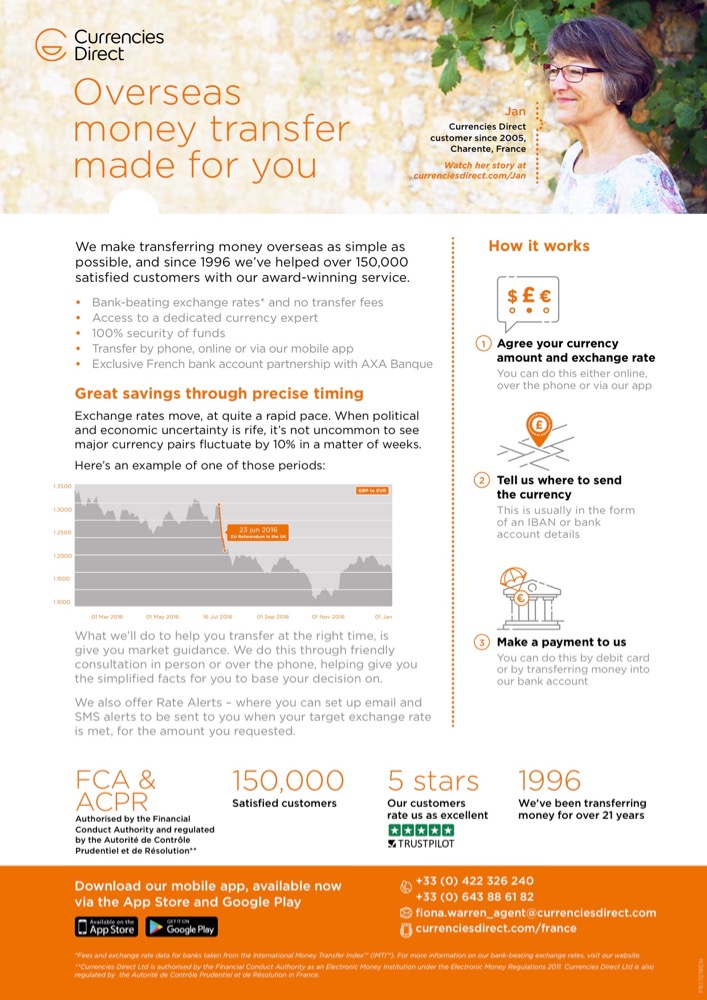FRIDAY 31ST MARCH 2017
The beginning of Brexit didn’t faze the pound yesterday, with the currency racking up gains all over the place.
GBP/EUR achieved its best levels of March, surging from a low of €1.1550 to hit €1.1700. While the pound wasn’t able to return to trading above $1.2500 against the US dollar it did gain half a cent despite a sturdy US growth figure.
Sterling stormed higher against the New Zealand dollar, rallying almost 2 cents to achieve a best rate of NZ$1.7890. GBP/AUD gains were slightly less impressive, with the pound failing to hold a high of A$1.6352 and closing the day at AU$1.6267.
The weekend’s nearly upon us. Keep reading to find out how the major currencies are likely to close out the week…

What’s been happening?
Although the UK is now facing two years of potentially arduous Brexit negotiations, the pound is currently benefiting from the pretty friendly tone of initial communications between Britain and the EU.
Lloyd’s of London did announce that it would be relocating jobs to Brussels, but markets were cheered by the government’s plan to implement the ‘Great Repeal Bill’ in May – a move which will turn an epic list of EU laws into British ones.
The pound was also able to advance on the euro due to a disappointing set of inflation figures for Germany. With the nation’s consumer price index decelerating by significantly more than expected, hopes that the European Central Bank (ECB) will tighten stimulus in the near future dimmed, and the euro softened accordingly.
In terms of UK data, the GfK consumer confidence index held at -6 in March rather than sliding to -7 as forecast. The Lloyds business barometer was less reassuring however, dropping from 40 to 35.
What’s coming up?
Already today Nationwide house price figures have fallen short of the mark, with property prices sliding -0.3% on the month (instead of climbing 0.3%) and rising 3.5% on the year (down from price growth of 4.5% in February).
Currency volatility could be on the horizon next week thanks to a number of high-profile data releases. For the UK we’ve got manufacturing, construction and services PMIs, manufacturing/construction output numbers and trade balance figures. If the UK’s PMIs show that growth in the nation’s three key sectors remained robust in March, it would up the odds of more Bank of England (BoE) policymakers voting for higher borrowing costs and give the pound a boost.
The Eurozone will be offering up unemployment and retail sales numbers, along with German factory orders and construction stats. Meanwhile, US dollar fluctuations are most likely to occur in response to the US non-farm payrolls data. Sturdy employment figures would support Fed rate hike expectations (and the US dollar) while any sign of weakness in the labour market could put the plan for two further rate hikes in jeopardy and leave USD exchange rates weaker.
We’re here to talk currency whenever you need us, so get in touch if you want to know more about the latest news or how it could impact your currency transfers.
CHECK OUT THE RATE

